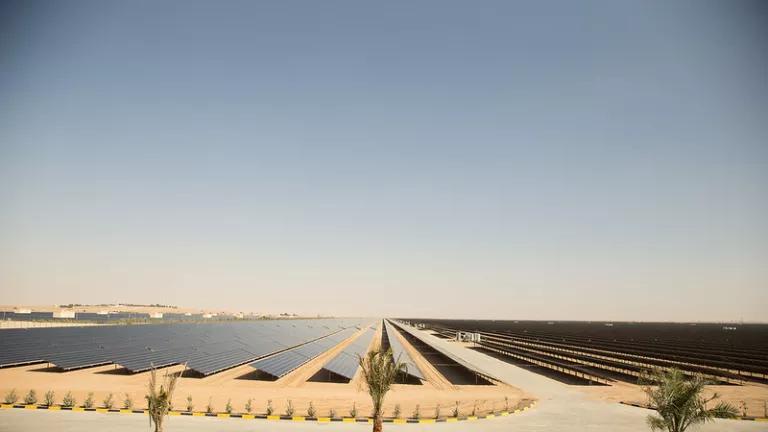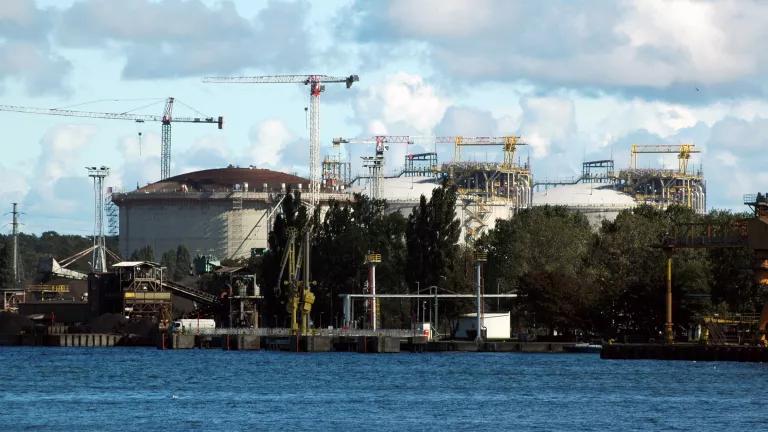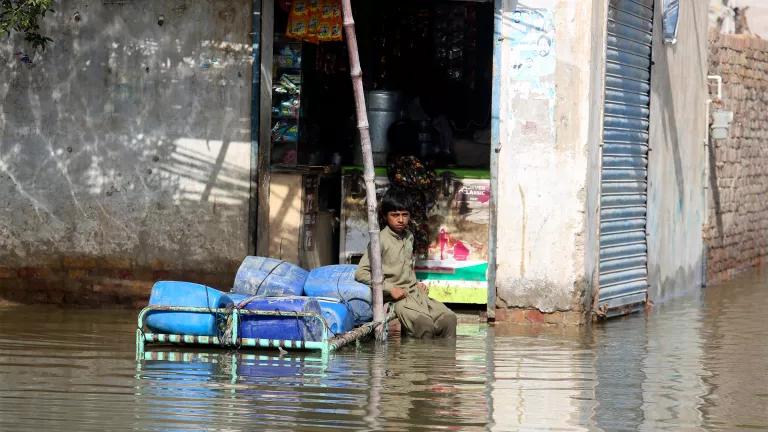
Co-authored with Eric Weiner, Schneider Fellow, NRDC and Nehmat Kaur, India Representative.
Momentum is building as India moves towards meeting its nationally determined climate targets and becoming a leader in clean energy. India’s Power Minister Piyush Goyal recently announced that India’s solar installed capacity crossed 8 gigwatts (GW), trebling in under just two years. Recognizing the tremendous growth potential, India’s Ministry of New & Renewable Energy convened policymakers, regulators, investors and key clean energy stakeholders at the World Renewable Energy Technology Congress in New Delhi this week to deliberate on accelerating the market and achieving India’s goals of installing 175 gigawatts of clean power by 2022. Delivering the keynote on the need for innovative finance, NRDC’s India Initiative Director, Anjali Jaiswal released Greening India's Financial Market: Opportunities for a Green Bank in India and Setting Up A Green Bank: A Solution to India’s Clean Energy Finance Barriers, in partnership with the Indian Renewable Energy Development Agency and the Council on Energy, Environment and Water (CEEW) at the Congress today. The newly released report and factsheet come just shortly after IREDA’s announcement of its intention of becoming India’s first green bank.
These report and factsheet are a part of NRDC-CEEW’s India Clean Energy Finance Series aimed at finding the best and most plausible ways to accelerate the growth of India’s clean energy market. Readers interested in the background and context of clean energy finance in India can find more information here.

India’s commitment to the Paris Climate Agreement has been reflected in its effort to drastically increase renewable energy capacity in the near future. India planned to quadruple its renewable energy capacity to 175 GW by 2022 with the majority coming from solar (100 GW) and wind (60 GW). Unfortunately, one of the main obstacles to this goal has been the lack of financing for clean energy projects. Estimates suggest that India will need over $140 billion in investments to achieve these targets.
Green banks are publicly funded institutions that partner with private investors. They take on different roles based on context and the specific financial gaps that need to be filled. While they can take on different roles, all green banks have one overall goal: to capitalize and scale up the market for clean energy investments. In the case of India, a green bank can use a number of tools and mechanisms to achieve this goal.
How green banks can capitalize and scale clean energy investments
A green bank in India can
- offer low-rate, long-term financing that better fits the needs of clean energy projects;
- provide risk-mitigation tools for new investors to the clean energy market;
- warehouse smaller projects together such as energy efficiency and rooftop solar and sell at scale to make them more attractive to investors;
- co-invest and directly invest in projects to boost private investor confidence; and
- provide a forum for experts from all areas to share data and experience on clean energy investments as to make the market more understandable and approachable.
While green banks are relatively new financial tools, they have already been successful in a number of different places around the world. For example, the Connecticut Green Bank has attracted $10 in private investment for every $1 of public capital spent. The UK Green Investment Bank expects that its current portfolio will generate an overall return on 9%. Australia’s Clean Energy Finance Corporation projects are estimated to achieve annual emission abatement of 4.2 million tonnes of CO2 equivalent.
The World Renewable Energy Technology Congress and Expo are held every year in India. The thematic focus this year is on new green technologies that will ensure clean, reliable, and affordable renewable energy supply for India in the coming years. It is an opportunity for multiple stakeholders from the public and private sector such as advisory groups, governments, NGOs, and academia to exchange information, experiences, and best practices. The release of NRDC-CEEW’s latest report on green financing in India during the conference helps bridge the gap between technology and actual implementation of these green technologies.
With climate change and rising temperatures, communities in India are becoming more prone to climate change-related disasters, air pollution, energy blackouts and energy security issues. Coupled with a rapidly growing industry and population, achieving renewable energy targets can not only alleviate many of these stresses but also set an example that clean industrial and economic growth is possible and economically viable. Innovative institutions such as green banks can help unleash the critical finance that is needed for achieving India’s renewable targets and setting India on a path of low carbon growth.



